5 Ways to Leverage ChatGPT to Improve Packaging Design
In today's fast-paced and competitive market, packaging design is more crucial than ever for attracting customers and driving sales. Thankfully, AI-powered tools like ChatGPT offer innovative solutions to help brands create compelling packaging designs that stand out from the competition.
Brands leveraging AI to aid in packaging development will reduce costs, accelerate innovation, make themselves more competitive, and more effectively communicate with their target audience.
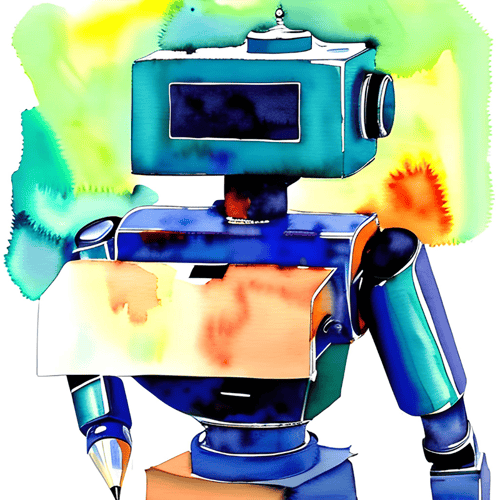
AI-generated image using Canva's Text to Image
Let’s explore five ways that brands can leverage ChatGPT to improve the packaging design process.
1. An Affordable Marketing Consultant
ChatGPT is a great resource for quickly generating ideas for your business. Whether you’re brainstorming packaging formats, brand colors that will resonate with your target market, or campaign messaging and slogans, this powerful platform can help you quickly and affordably identify ways to differentiate your product packaging from competitors on the shelf.Here are a few prompts you might try after feeding ChatGPT your basic business details such as your company name, industry, product information, and target market or audiences:
“How can [Company Name] better differentiate itself through packaging from competitors on the retail shelf?”
“[Brand] has the opportunity to be sold in a point-of-purchase display at grocery stores. How can the brand make the most of this opportunity?”
The platform can also help you strategize around specific challenges or goals you may have with your product packaging. Let’s say you have integrated a QR code into your packaging, but you’re not getting the expected volume of scans. You can have a conversation with ChatGPT to brainstorm ways to incentivize consumers to scan your code, increasing your campaign results.
Finally, ChatGPT can be used to conduct audience research. By asking the platform questions about the preferences of your target audience, you can uncover insights to better inform your packaging design decisions.
2. A Rapid Design Brief Generator
ChatGPT can be used to create design briefs or generate ideas for new packaging concepts that are ready to pass along to your creative team. By providing the platform with basic details about your brand, product, target audience, and project parameters, you can quickly generate a design brief that is clear and organized.
If you want to take it to the next level, you can then ask ChatGPT, “You are a graphic designer who received this design brief. What questions would you have?” This prompt will then cause the AI to serve you back a list of questions that are opportunities for improving your brief. Put a bow on the process by then answering those questions and asking the platform to integrate your answers into the original brief. Voila! A polished design brief that will instruct and inspire your creative team to deliver the exact outcome you desire.
3. New Product Development
ChatGPT is a great resource for brainstorming new products for your company. Let’s say you run a coffee company as a brick-and-mortar with a small e-commerce presence. You want to increase your e-commerce sales and decide to launch a coffee subscription program. As the brand owner, you can have a conversation with ChatGPT to quickly generate ideas for your kit that will help you hit the ground running and create a product that stands out in the marketplace.
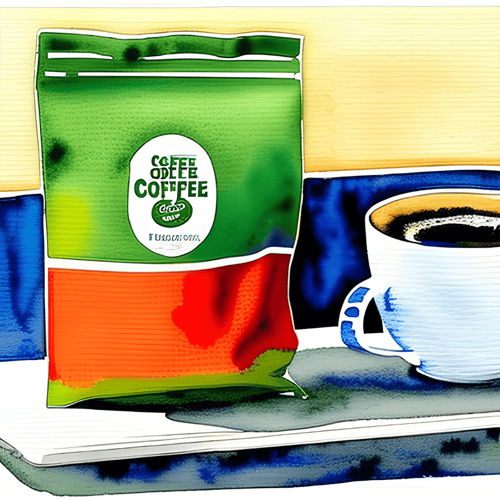
AI-generated image using Canva's Text to Image
Like generating design briefs, by feeding ChatGPT some basic information about your planned coffee kit, you can easily compose a 1-page business plan to clarify your offering and communicate your path to success to any stakeholders.
4. Identify Opportunities for Improvement
By analyzing trends and competitors' packaging, ChatGPT can identify areas where a brand can differentiate itself or improve upon existing designs. This is an area where being specific really helps. By providing the platform with as much data as possible, you will generate opportunities for improvement that are personalized to your brand. This is also a time when communicating a goal to ChatGPT can be helpful, like the QR code example above. If you can describe your goal, current state, and desired future state in detail, the AI will be able to provide you with actionable insights relevant to your business.
5. Streamlined Content Generation
ChatGPT can help create packaging copy, product descriptions, and marketing materials that effectively communicate the brand's message and product benefits. By describing your target audience, providing a basic bulleted list or content outline, and giving a parameter such as a word cap, ChatGPT can be used to rapidly generate written packaging content.
Prompt examples might include:
“Describe why [target audience] should buy [product] in [#] words.”
“Write a descriptive paragraph about our Zinfandel wine that pairs well with smoked cheeses and barbeque.”
One of the key strengths of AI-powered writing assistants is the ability to simplify content. If you need to include instructions or technical information on your product packaging, feed these into ChatGPT and ask the platform to simplify the content or rewrite it to be easily understood by a certain audience, like a school ager if your product is for young children.
AI-Generated Content Best Practices
Regardless of what you are using ChatGPT or similar AI-powered tools for, there are some basic best practices to keep in mind:
- Be Conversational
Approach a conversation with ChatGPT as you would chatting with a trusted advisor. Use the same language that you would when talking to a friend. This will bring more nuance and yield a better result. - Be Specific
Provide as much detail as possible when asking the platform a question. Avoid general questions like, “What is the most sustainable product packaging?” Instead, tell ChatGPT about your product, the parameters it requires for packaging, and other pertinent information about your industry, location, and audience. Then ask the AI to generate ideas for sustainable packaging options specific to your product and circumstances. - Be an Editor
As Ernest Hemingway famously said, “The only kind of writing is rewriting.” While ChatGPT is an exceptional content generator, you are still the subject matter expert and must approach any generated copy as a first draft. You can continue to work with the AI and feed it additional prompts to refine what it gives you, but ultimately the majority of copy, especially anything long-form, needs to be reviewed by a human to add real depth and context. - Be a Whistleblower
It can be difficult to determine the sources of information used by AI platforms. Ultimately you are responsible for fact-checking any content generated by ChatGPT. If you are publishing AI-generated content on your packaging or really using it anywhere for your business, it is your duty to do your due diligence and ensure the information you are publishing is accurate and truthful.
In summary, incorporating ChatGPT into the packaging design process can provide significant advantages for brand owners in the competitive marketplace. By utilizing AI-driven tools, businesses can efficiently generate innovative ideas, improve content creation, and develop captivating packaging designs that resonate with their target audience while meeting brand objectives. If you haven’t done so already, it’s worth considering integrating ChatGPT into your brand strategy to optimize product packaging and bolster your market presence.
Editor’s Note: Was this written by a robot? Not exactly. The above blog was written by our real human subject matter expert and only slightly enhanced with ChatGPT for clarity.
Subscribe
Share this post
Similar Articles
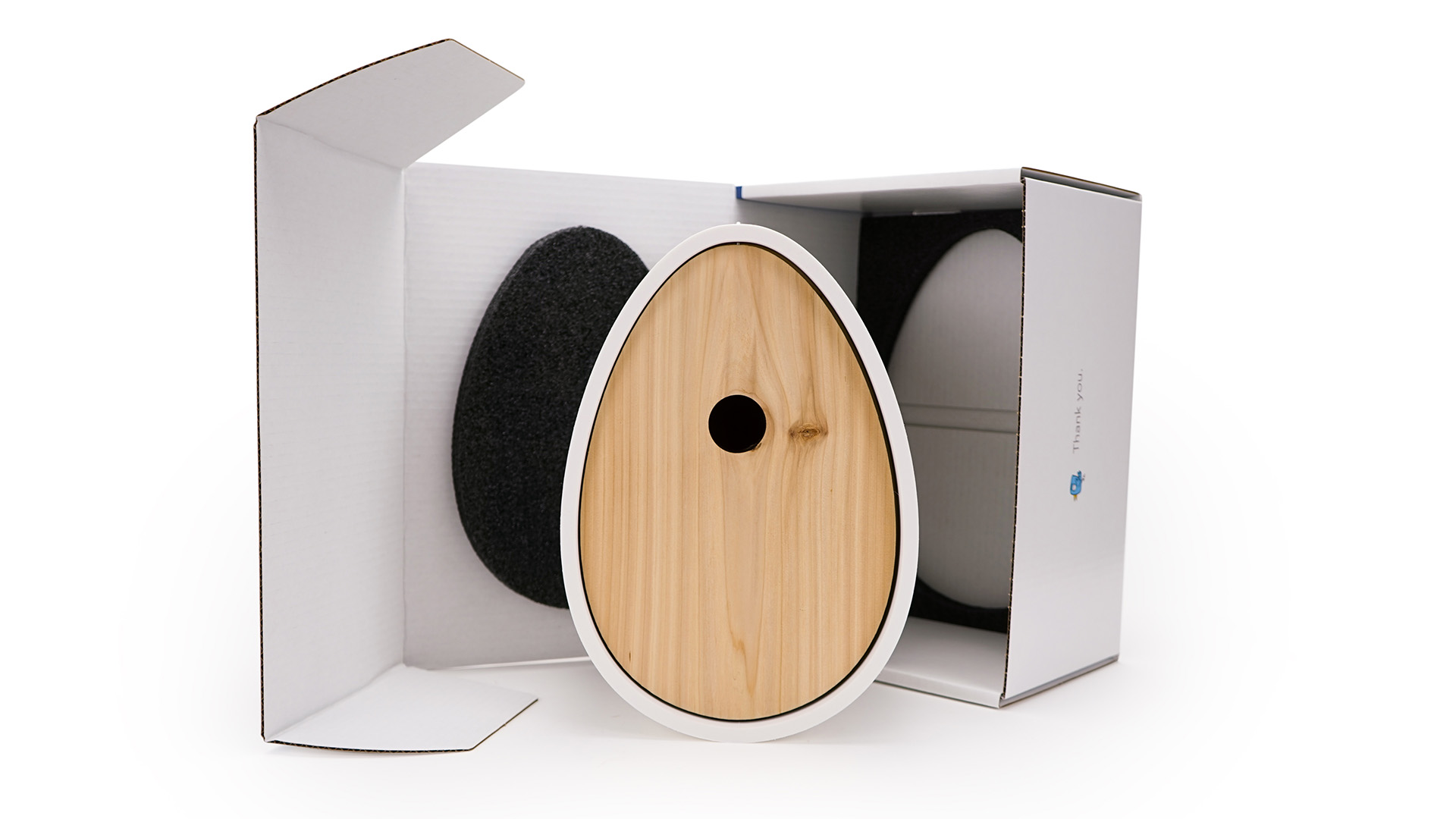
Packaging Trends to Watch in 2025
Discover six key packaging trends in 2025, from sustainability to creating memorable unboxing experi …
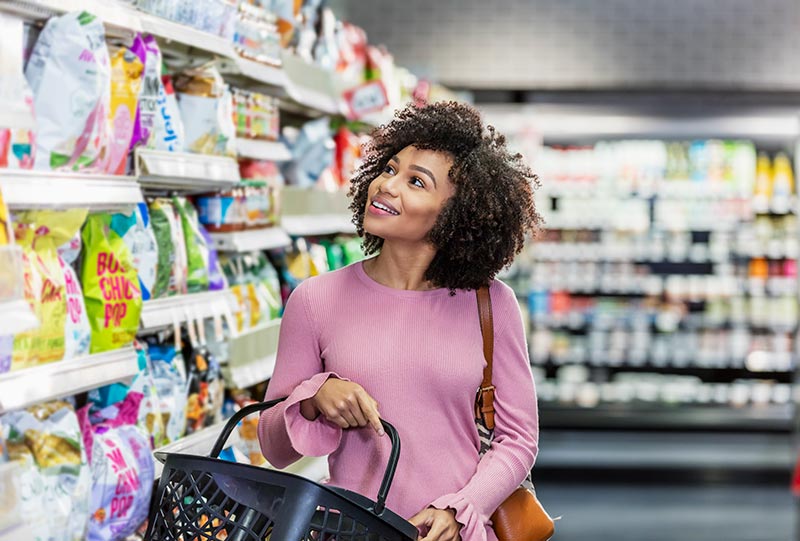
How to Differentiate Your Product Packaging with Digital Print
Satisfy consumer demands and meet supply chain challenges with these three ways to differentiate you …
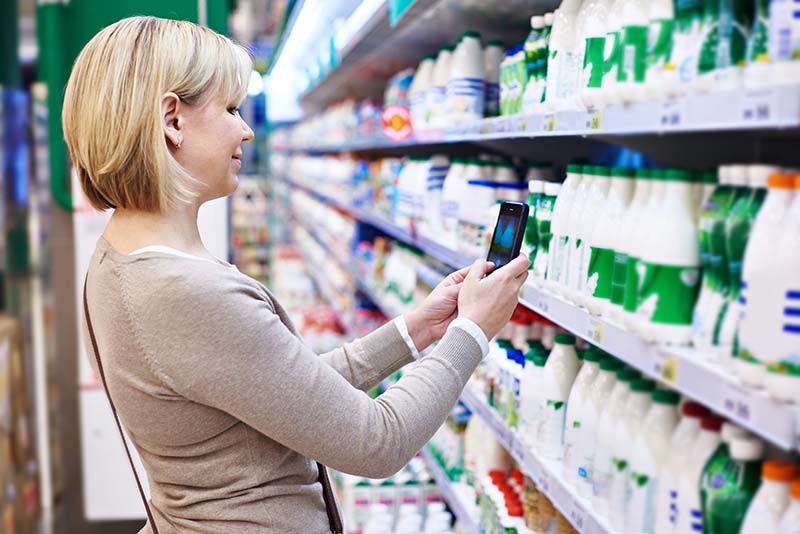
How to Stand Out On and Off Shelves with Connected Packaging
Learn how connected packaging can help your products stand out on shelves and keep that connection w …